I'd like to visualize the PWM signal from an Arduino Uno board with an oscilloscope.
I'd like to use this layout:
Is this a safe connection?
In other words, might I have problems because the oscilloscope and tha PC's PSU share the same earth ground?
I need to connect the Arduino to the PC by USB cable because I need to run software from the PC to the Arduino.
Update:
I've connected the oscilloscope and it works fine.
When I change the duty cycle percentage (from 0% to 100%) in Matlab/Simulink I can see it directly on the oscilloscope.


